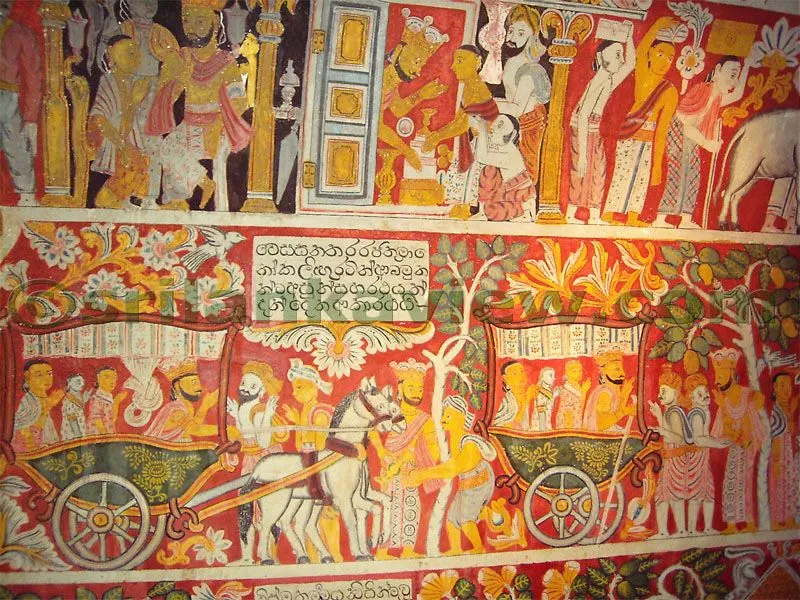
By back of beyond travel
January 15, 2025
Sri Lanka, often referred to as the “Pearl of the Indian Ocean,” is a vibrant and culturally diverse nation. One of the key aspects of this diversity is the range of languages spoken across the island. The linguistic tapestry of Sri Lanka reflects its rich history, multicultural heritage, and the coexistence of various ethnic communities.
Official Languages of Sri Lanka
Sri Lanka has two official languages: Sinhala and Tamil. Both hold equal importance in the country’s Constitution and are used in administrative and educational systems.
Sinhala: The most widely spoken language in Sri Lanka, Sinhala is the mother tongue of the Sinhalese people, the largest ethnic group in the country. It belongs to the Indo-Aryan branch of the Indo-European language family and has its own unique script, which is among the oldest in the world. Approximately 70% of the population speaks Sinhala as their first language.
Tamil: Tamil is primarily spoken by the Tamil ethnic group, including Sri Lankan Tamils and Indian Tamils. It belongs to the Dravidian language family and has a rich literary tradition dating back thousands of years. Tamil is widely used in the Northern and Eastern provinces of Sri Lanka and among Tamil-speaking communities across the country.
Link Language: English
In addition to Sinhala and Tamil, English serves as the link language in Sri Lanka. It is commonly used for official purposes, business, and higher education. English acts as a bridge between different linguistic groups and is widely spoken in urban areas and by the younger generation.
Other Languages Spoken in Sri Lanka
Beyond the official languages and English, several other languages and dialects contribute to the linguistic diversity of Sri Lanka:
Malay: Spoken by the Malay community, this language has roots in the Malay Archipelago and includes influences from Sinhala and Tamil.
Vedda Language: Used by the indigenous Vedda people, this language is considered endangered and contains elements of Sinhala and Tamil.
Arabic: Spoken by the Sri Lankan Moor community, particularly in religious contexts.
Language in Daily Life
Language usage in Sri Lanka is influenced by region and context. In rural areas, people primarily speak Sinhala or Tamil, while English is more prevalent in cities like Colombo. Many Sri Lankans are bilingual or trilingual, especially in areas where Sinhala, Tamil, and English interact. Road signs, government documents, and public communications are often displayed in all three languages to ensure inclusivity.
Cultural Significance of Language
The coexistence of multiple languages in Sri Lanka underscores the island’s multicultural identity. Language is more than just a medium of communication; it is a reflection of Sri Lanka’s history, traditions, and the resilience of its people. Efforts to promote multilingualism, such as language education policies, play a vital role in fostering unity among Sri Lanka’s diverse communities.
Conclusion
The linguistic landscape of Sri Lanka is a testament to its rich heritage and cultural diversity. Whether you’re exploring the bustling streets of Colombo, the serene landscapes of Jaffna, or the ancient ruins of Anuradhapura, the languages of Sri Lanka will offer you a deeper connection to its people and their stories. Learning a few words in Sinhala or Tamil, like “Ayubowan” (“May you live long”) or “Vanakkam” (“Greetings”), can go a long way in creating meaningful interactions during your visit.
